I don’t normally pile on when a book has more than 20 reviews already, but the distribution of reaction here is a bit unusual so I thought I’d add one more five-star vote. I love this book. I’ve looked at it a dozen times in the bookstore and never carried it out; kept thinking I could get it all for free. I follow Hugh’s blog. I am a professional artist. I know this stuff.
And I can’t be reminded enough. I read the book straight through, then reread Orbiting the Giant Hairball, which covers some of the same material in a corporate setting, and then back to Ignore Everybody, pretty much in one evening. I wanted to see how the two books covered the territory. They’re similar, and if you hated Hairball, stay away from MacLeod. I’m juiced. I’m supported, encouraged, permissioned, understood.
There are, I suppose, creative people who are surrounded by encouraging, supportive communities, people who have adequate sales from their creative output (and sometimes that’s a regular paycheck) to never worry if they’re doing the right work (or partners with good benefit programs), who live free of the fear of having their ideas knocked off on another continent. There must be such people. I’ve never met them, but they must exist.
For the rest of us, there are books. Ignore Everybody is the latest. Art and Fear is my favorite, the one I carry when I fly because it’s small and can be finished in the amount of time it takes to fly anywhere. Ignore Everybody will sit right next to it on the shelf. Hairball is there, although I’m not in corporate anymore. Jessica Hagy sits on the same shelf, and If you only knew how much I smell you, and George Leonard’s Mastery, and Brian Andreas.
It’s not clear to me why this book was shelved, and perhaps sold, as a business creativity book. I would have expected to find it closer to The Artist’s Way. On one hand, creativity is creativity, but on the other, there’s a difference between making art and making business. Ignore Everybody is more about the personal elements of creativity–getting your head and your behavior out of the way.
Michael Pollan sums his own work up in seven words–eat food, mostly plants, not too much–and doesn’t let that stop him selling yet another book. What does it matter that MacLeod can do the same thing?
Now go to your studio and make stuff.
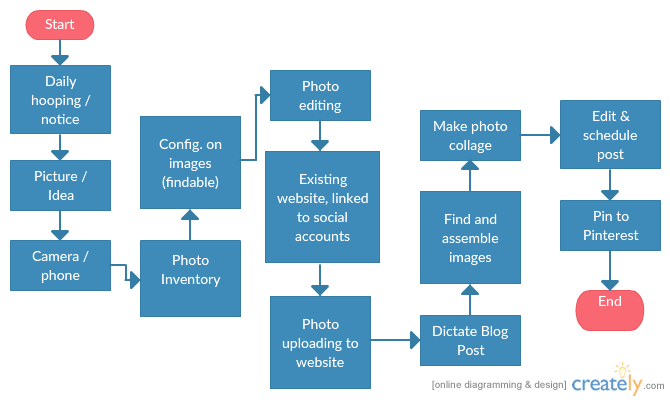
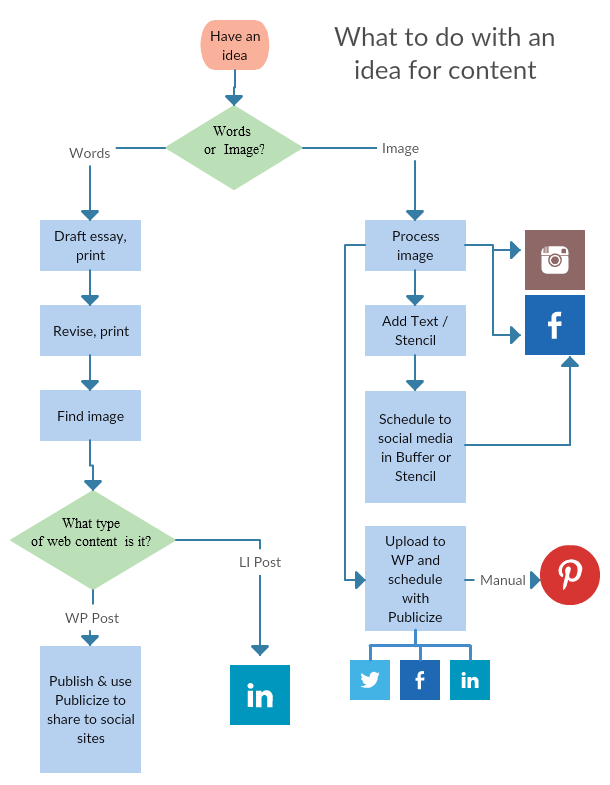

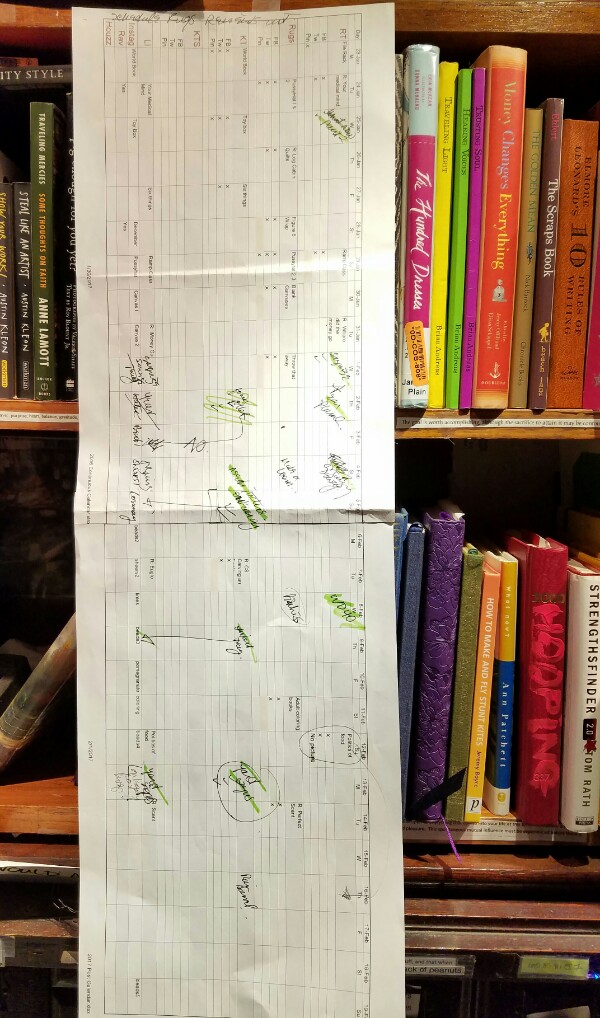
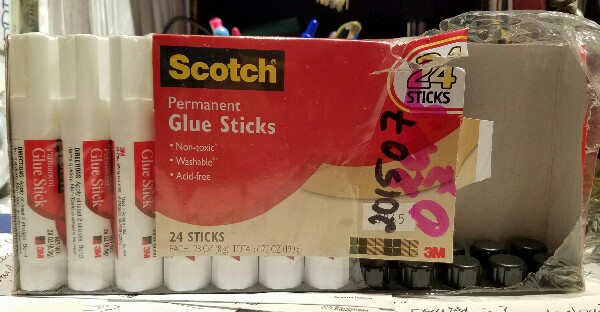
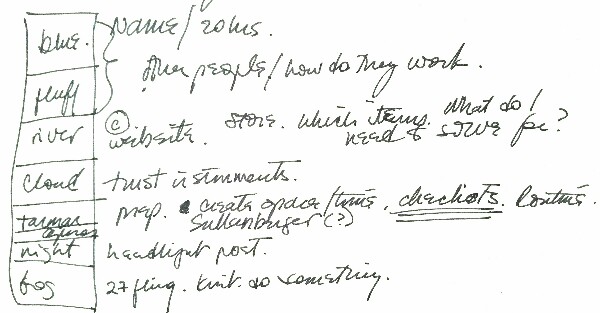
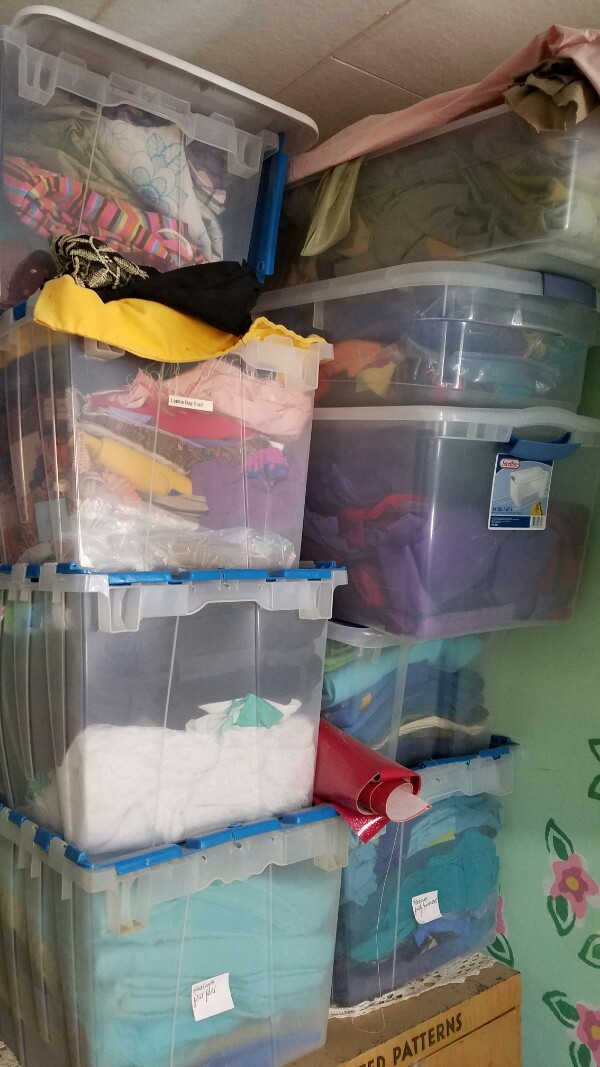
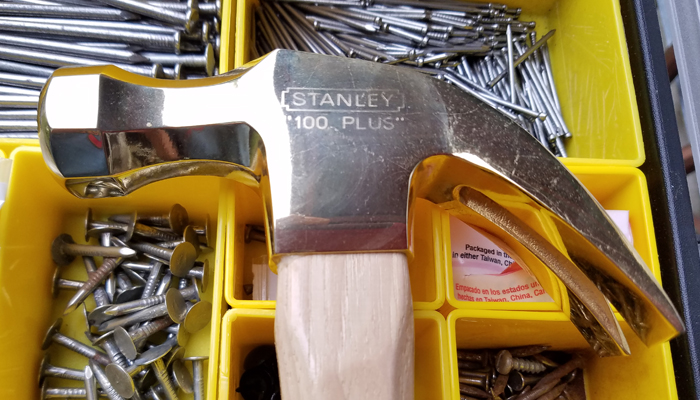
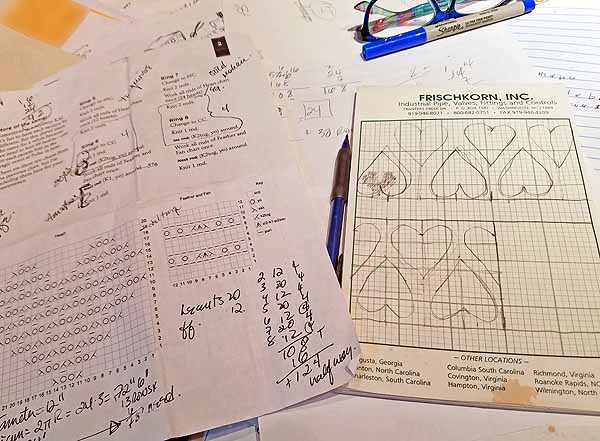
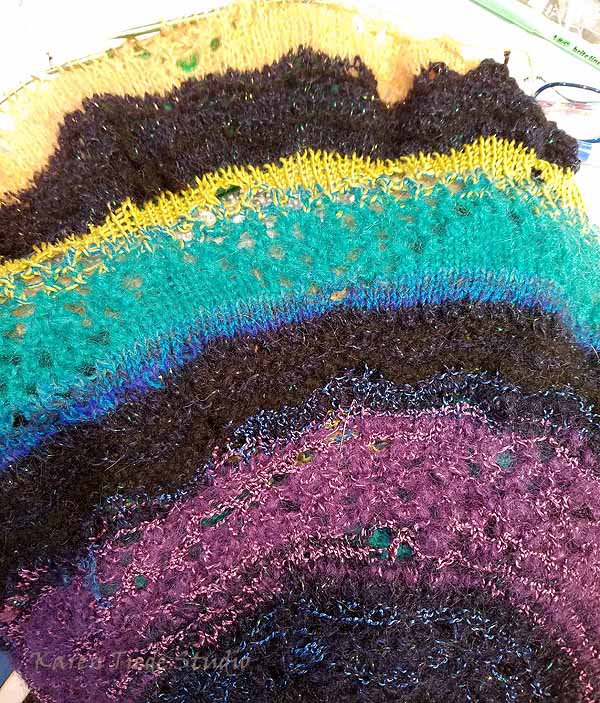



Follow Us!